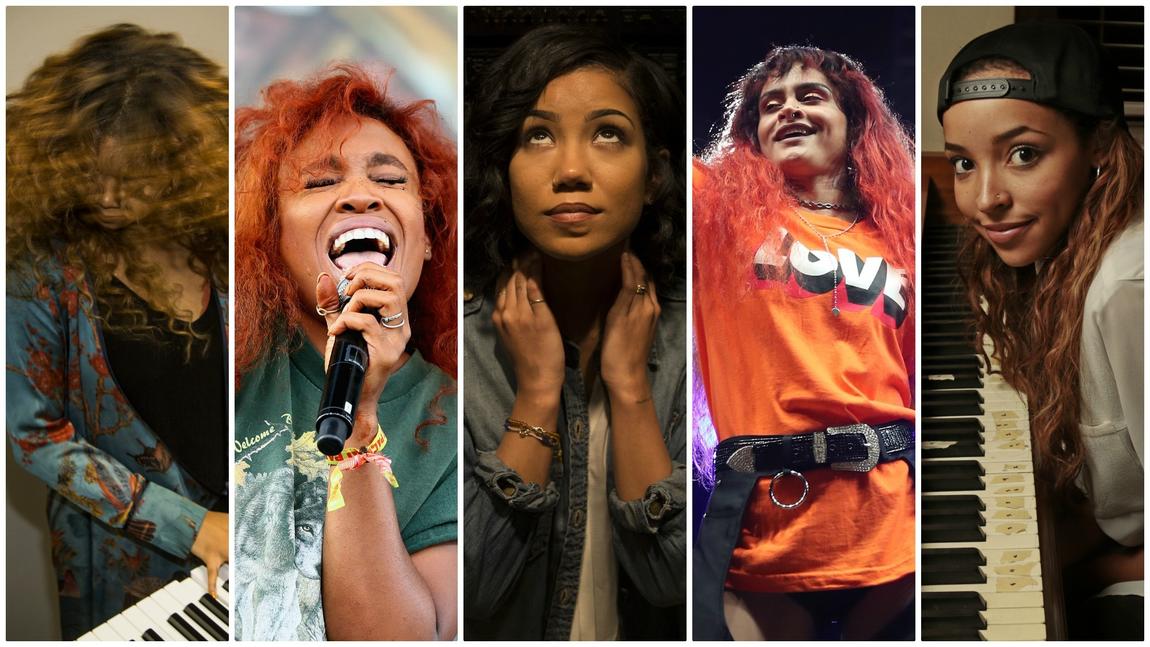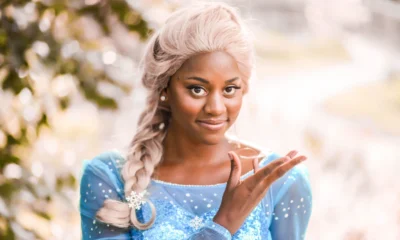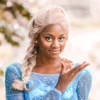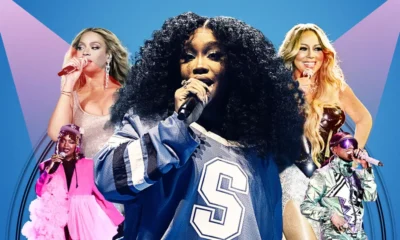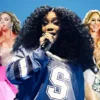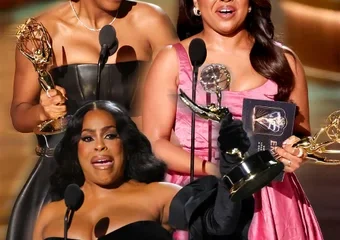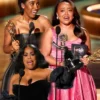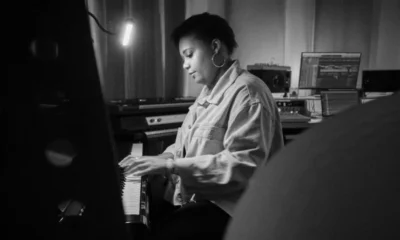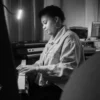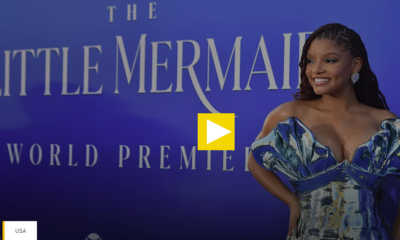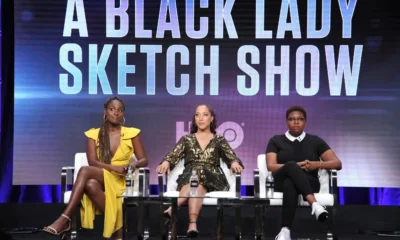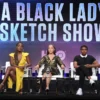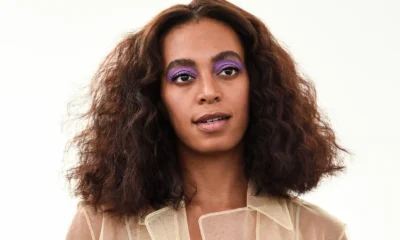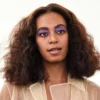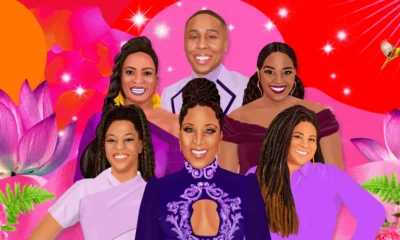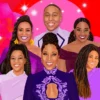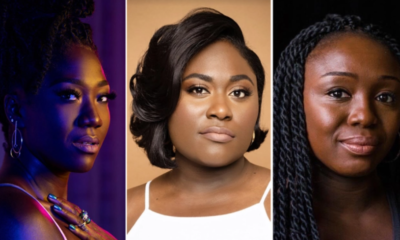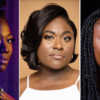Black Women in Entertainment
‘When you’re black you have to fight’: Tinashe, Kehlani and other female R&B artists struggle for attention
Three years ago, all the signs pointed one way: Tinashe was on her way to pop stardom.
In 2012, when she was just 19, she produced two critically acclaimed mixtapes that landed her a deal at RCA. A year later her debut single, “2 On,” made it to No. 24 on Billboard’s Hot 100. Her 2014 debut album, “Aquarius,” was met with critical acclaim and she was nominated for a BET Award.
Since then, the singer-songwriter has toured with Nicki Minaj and Katy Perry, collaborated with Britney Spears, earned praise from idol Janet Jackson and issued two buzzy projects, including last year’s digital-only work “Nightride.”
Yet Tinashe’s career has hit an impasse.
Nearly two years after it was announced to much hype, RCA has yet to release her long-gestating sophomore album, “Joyride.” As a string of genre-hopping singles and collaborations with artists like Spears, Chris Brown and Young Thug failed to produce a major hit, “Joyride” and her young career has stalled.
Attempting a restart, she has learned many things: that pop hits speak louder than reviews, only crossover stars make real money and being a black female performer comes with inherent challenges.
“Critical acclaim hasn’t been enough in my experience,” said the 24-year-old, who was born Tinashe Kachingwe. “The label appreciates it, but the music business, in my perspective, is still so much based on revenue and how much they are making in sales. That’s where it gets really [crappy].”
“You just want to make art for the sake of art,” she continued, “and not have people [care] about a number, first-week sales or things like that.”
It’s a feeling shared by artists everywhere, and success rarely comes easily in the music industry. But Tinashe’s experiences also speak to the real and quantifiable difficulty of being a black woman in the pop landscape.
“When it comes to black women, people want to put you in these almost race-driven musical genres,” she says. “[Our] songs automatically become ‘urban’ or ‘rhythmic.’ I was creating music that didn’t necessarily fall into what people [considered] black female music — and there was pushback.”
Though a new generation of women of color —Tinashe, Kehlani, Sevyn Streeter, Jhene Aiko, H.E.R. and SZA, among others — are making waves with wildly different takes on R&B, and producing some of the genre’s most exciting work, they often find themselves departmentalized into racialized genres.
And without a song that crosses over onto pop radio, they risk being ignored.
“It’s hard for a woman to do anything, but when you’re black you have to fight,” says veteran superstar Mary J. Blige, who faced insecurities even 25 years into a storied career.
“I fought, although I was hearing it was over [for me],” she continued. “But I kept going because I felt in my spirit there’s more I have to do.”
“With a female singer of color, there’s so much pressure on us,” agrees singer-songwriter Kehlani.
In Nielsen Music’s recently released mid-year report, R&B/hip-hop proved to be the most consumed genre — after combining album sales and on-demand streaming figures — for the first time in history. The total volume of R&B/hip-hop consumption was nearly as much as the totals of rock (which leads in pure album sales) and pop combined.
But black female artists are rarely part of that dominance, especially as male-driven hip-hop continues to soar.
In the past 10 years, Rihanna, Beyoncé and Mariah Carey were the only black women to land a No. 1 single on the Billboard Hot 100 and top album charts as a lead artist.
In contrast, more than a dozen white female artists have sat atop the charts, and that sum more than doubles when considering male artists of any race making R&B and hip-hop music.
“For some reason, people are consuming male-based entertainment on a much greater scale,” Tinashe said. “You look at the pop charts and there are no black women. And it looks like that on rhythmic and urban charts. Perhaps it’s a subject matter issue? Maybe …
Please read original article- ‘When you’re black you have to fight’: Tinashe, Kehlani and other female R&B artists struggle for attention



